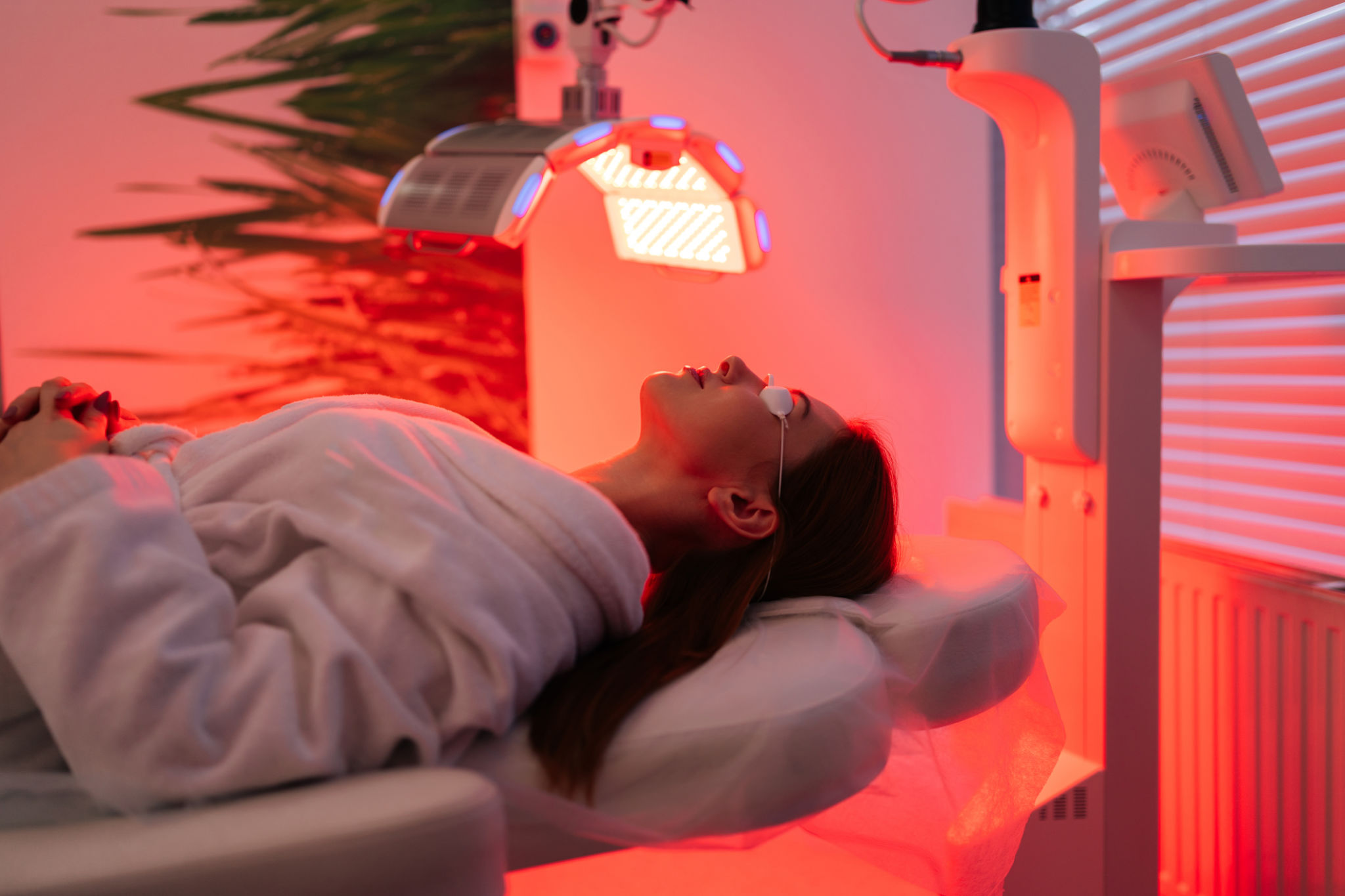Understanding Seasonal Affective Disorder and How Counseling Can Help
Understanding Seasonal Affective Disorder
As the seasons change, many people experience shifts in mood and energy levels. For some, these changes are more than just a temporary slump—they may be experiencing Seasonal Affective Disorder (SAD). This condition, often referred to as the "winter blues," can have a significant impact on one's daily life and overall well-being.
Seasonal Affective Disorder is a type of depression that typically occurs during the fall and winter months when daylight hours are shorter. People with SAD may experience symptoms such as fatigue, loss of interest in activities, weight gain, and feelings of hopelessness. Understanding the symptoms and triggers of SAD is the first step toward managing it effectively.

Recognizing the Symptoms of SAD
The symptoms of SAD can vary from person to person, but there are some common signs to look out for. These include:
- Persistent low mood or sadness
- Loss of interest in activities once enjoyed
- Changes in appetite or weight
- Difficulty concentrating
- Feelings of guilt or worthlessness
If you notice these symptoms occurring at the same time each year, it may be worth discussing with a healthcare professional. Early recognition and intervention can make a significant difference in managing the disorder.
The Role of Counseling in Treating SAD
Counseling can be an effective treatment for those struggling with Seasonal Affective Disorder. Different therapeutic approaches can help individuals understand their symptoms and develop coping strategies. Cognitive Behavioral Therapy (CBT) is particularly useful in addressing negative thought patterns and behaviors associated with SAD.
Counseling provides a safe space to talk about feelings and concerns, helping individuals to process their emotions and gain perspective. It also offers practical tools for managing stress and improving mood, which are essential components of treatment for SAD.

Benefits of Light Therapy
In addition to counseling, light therapy is another common treatment for SAD. This involves exposure to a light box that mimics natural sunlight, which can help regulate mood and alleviate symptoms. Light therapy is most effective when used consistently and under the guidance of a healthcare provider.
Combining light therapy with counseling can enhance the overall treatment plan for SAD. Counseling helps address the psychological aspects of the disorder, while light therapy tackles the physiological components. Together, they provide a comprehensive approach to managing symptoms.

Practical Tips for Coping with SAD
There are several practical steps individuals can take to manage Seasonal Affective Disorder alongside professional treatment:
- Maintain a regular sleep schedule to improve energy levels.
- Engage in physical activity to boost endorphins and mood.
- Spend time outdoors when possible to increase exposure to natural light.
- Stay connected with friends and family for support.
Implementing these strategies into daily routines can help reduce the severity of symptoms and improve overall quality of life during the challenging winter months.
Seeking Professional Help
If you suspect you may be suffering from Seasonal Affective Disorder, reaching out for professional help is a critical step. A mental health professional can provide an accurate diagnosis and work with you to develop an effective treatment plan tailored to your needs.
Remember, seeking help is a sign of strength, not weakness. With the right support and treatment, it is possible to manage SAD and enjoy life all year round.